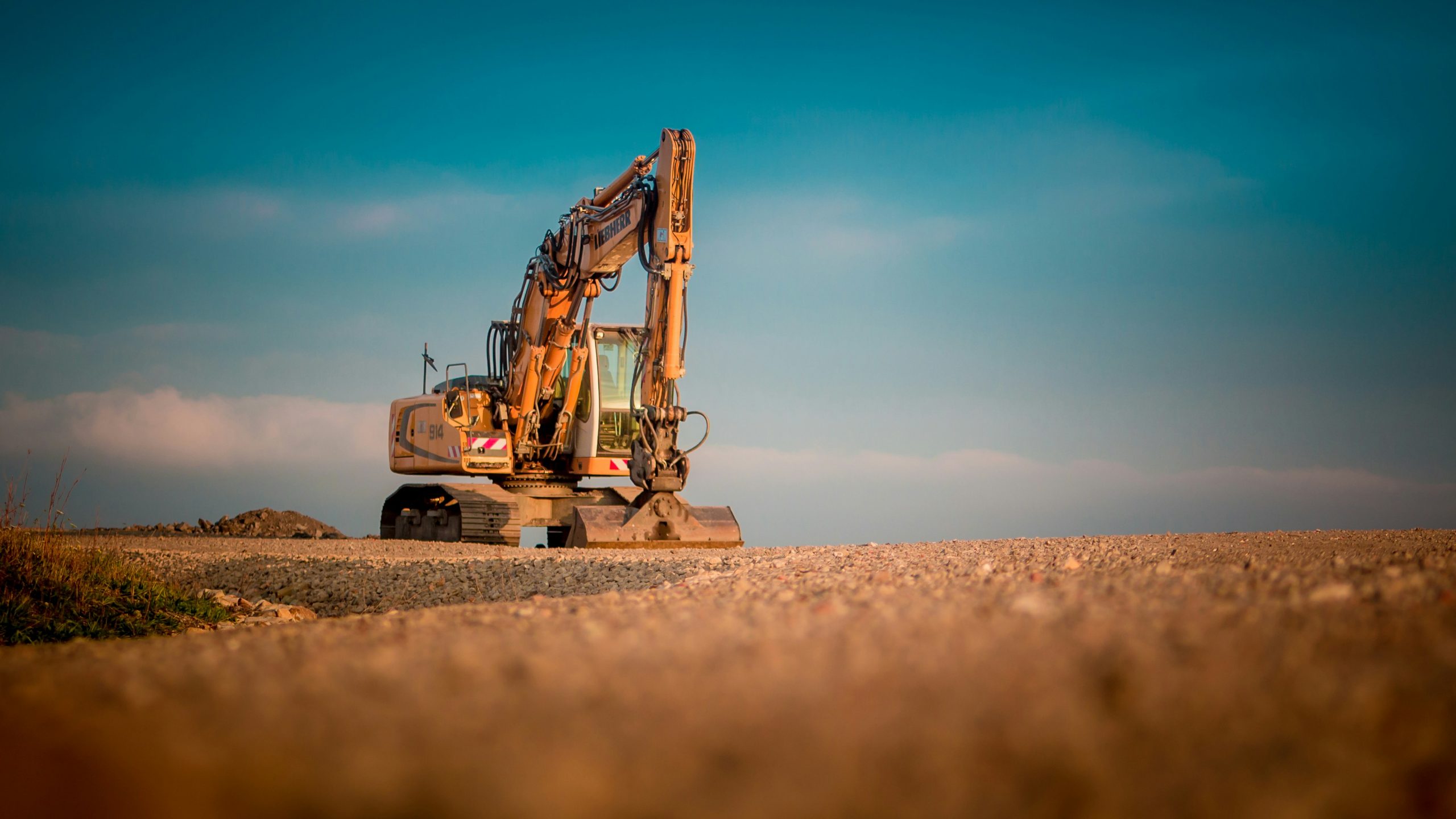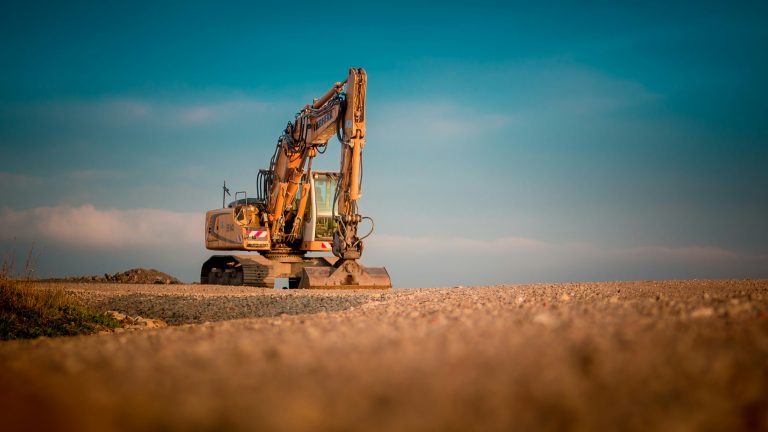Installing an electric hoist can significantly increase efficiency and safety in lifting operations. Whether for industrial use or home projects, understanding how to properly install an electric chain hoist is crucial. This guide will walk you through the process, ensuring you have a solid grasp on what an electric chain hoist is, the key components involved, benefits, pre-installation preparations, and the initial steps of the installation process.
Understanding Electric Chain Hoists

What is an Electric Chain Hoist?
Anelectric chain hoist is a device used to lift and move heavy loads using a chain. It operates on electric power, which makes it much more efficient and less labor-intensive than manual hoists. These machines are commonly used in various settings, including warehouses, construction sites, and workshops, to move heavy objects swiftly and safely.
Key Components of an Electric Chain Hoist
Electric chain hoists are composed of several critical components that work together to lift and move loads. These include:
- Motor: The motor powers the hoist, converting electrical energy into mechanical energy to lift loads.
- Chain and Hook: The chain bears the weight of the load, while the hook attaches to the load.
- Braking System: This system ensures the load is safely held in place when the hoist is stopped.
- Control Systems: These include pendant controls or remote controls used to operate the hoist.
Understanding these components is essential before starting the installation, as it helps ensure that you handle each part correctly and safely.
Benefits of Using Electric Chain Hoists
Electric chain hoists offer several advantages over manual hoists. These include:
- Efficiency: They reduce the physical effort required, enabling faster lifting operations.
- Safety: The automated systems reduce the risk of human error, ensuring safer handling of heavy loads.
- Precision: Electric controls allow for precise lifting and positioning of loads.
- Versatility: They are adaptable to numerous applications, making them suitable for various industries.
Pre-Installation Preparation
Site Inspection and Assessment
Before installing an electric chain hoist, a thorough site inspection is crucial. This involves evaluating the area where the hoist will be installed to ensure it’s suitable and safe. Check for adequate space, structural integrity of the mounting surface, and the availability of a reliable power source. Understanding the load capacities and the frequency of use will also influence your preparation strategies.
Selecting the Right Electric Chain Hoist
Selecting the appropriate hoist depends on the specific requirements of your lifting tasks. Factors to consider include the maximum load capacity, lifting speed, and height. Ensure the hoist you choose is compatible with the intended power supply and meets the operational demands of the task at hand. Consulting with a professional supplier can also provide valuable insights.
Hey there! Hangzhou Apollo Lifting Equipment Co., Ltd. is actually a branch of our main company in Taiwan, based right here in China. We’re all about R&D and making top-notch electric hoist. We’ve nailed some big certifications like ISO9001, CE, and GS, so you know we’re legit. Need something custom? We’ve got you covered with both ODM and OEM services. Plus, we’ve got an awesome design team and our very own mold workshop to bring your ideas to life!

Safety Precautions and Equipment Needed
Safety is paramount when working with heavy machinery like electric chain hoists. Ensure that all personnel involved in the installation are trained and equipped with the necessary personal protective equipment (PPE), such as gloves, safety glasses, and hard hats. It’s also important to have the right tools on hand, like wrenches, screwdrivers, and mounting hardware, to ensure a smooth installation process.
Installation Process
Mounting the Electric Chain Hoist
Selecting Proper Fixation Points
Choosing the right fixation points is critical for the safe operation of the hoist. The points should ideally be located on a sturdy overhead beam or a specially designed support structure that can bear the maximum load capacity of the hoist. Verify that the structure is capable of sustaining not only the hoist’s weight but the heaviest loads it will lift. Consulting the building’s structural engineer can ensure safety and compliance with local building codes.
Using the Appropriate Tools and Hardware
To mount the hoist securely, use the tools and hardware specified by the manufacturer. Ensure that all bolts, nuts, and mounting brackets are adequately rated for the weight and stress they will endure. Using a drill for creating mounting holes, a torque wrench for securing bolts to the recommended tightness, and following the manufacturer’s guidelines will guarantee a safe and robust installation.
Electrical Connections and Wiring
Understanding the Electrical Requirements
Once the hoist is securely mounted, it is essential to understand the electrical requirements before making any connections. This involves knowing the voltage, current, and phase specifications that the hoist requires. Always refer to the manufacturer’s manual, which will provide detailed electrical configurations. Ensuring that you have the correct electrical setup can prevent any malfunction or safety hazards.
Connecting to Power Supply Safely
Connecting the hoist to the power supply must be done with caution. Use appropriately rated electrical cables and connectors to match the hoist’s power specifications. Secure all connections tightly and neatly to prevent any loosening or exposure that could lead to electrical hazards. It is often advisable to engage a qualified electrician to handle this part of the installation, ensuring compliance with local electrical codes and standards.
Testing the Installation
Initial Load Test
Before fully commissioning the hoist, conduct an initial load test. This involves lifting a load slightly less than the maximum capacity to check the hoist’s performance under stress. Monitor the hoist for any unusual noises, vibrations, or irregularities. A successful initial load test verifies that the installation is robust and the hoist is operating as expected.
Calibrating Controls
After verifying the mechanical and electrical integrity of the hoist, the next step is to calibrate its controls. This process includes setting the hoist’s speed, travel limits, and any other programmable features. Proper calibration ensures that the hoist operates smoothly and efficiently, adhering to the required precision levels. This step may be carried out using the pendant or remote control as specified in the user manual.
Maintenance After Installation
Routine Inspection Procedures
Regular inspections are key to maintaining the longevity and safety of your electric chain hoist. Create a schedule to inspect the hoist for wear and tear, checking all components including the chain, hooks, braking system, and electrical connections. Document each inspection and address any issues immediately to prevent accidents and prolong the hoist’s operational life.
Lubrication and Cleaning Guidelines
Proper lubrication and cleaning are crucial to the optimal performance of your electric chain hoist. Follow the manufacturer’s guidelines on the types and frequencies of lubricants to use on the chain and moving parts. Regular cleaning to remove dust and debris will also ensure the hoist operates smoothly and reduces the risk of malfunctions.
Troubleshooting Common Issues
Despite routine maintenance, issues may arise. Common problems include electrical faults, chain damage, or control malfunctions. Familiarize yourself with the troubleshooting section of the user manual to diagnose and address these issues promptly. Having a basic toolkit and spare parts handy can expedite the repair process, minimizing downtime.
Enhancing Efficiency with Your Electric Chain Hoist
Tips for Safe Operation
Safety should always be the top priority when operating an electric chain hoist. Ensure all operators are properly trained in its use, emphasizing the importance of never exceeding the rated load capacity. Regularly review and enforce safety protocols, including the correct use of PPE and emergency procedures.
Regular Maintenance Schedules
Establish a detailed maintenance schedule that includes daily, weekly, and monthly tasks. Daily inspections might include checking the control systems and power connections, while monthly procedures might involve a thorough examination and testing of the entire hoist system. Adhering to a strict maintenance schedule can significantly enhance the reliability and performance of the hoist.
Upgrading Components for Better Performance
To keep your electric chain hoist performing at its best, consider periodic upgrades to components such as motors, control systems, and safety features. Newer technologies may offer improved efficiency, safety, and ease of operation. Discussing these upgrades with a professional supplier can provide insights into how to enhance your hoist’s capabilities cost-effectively.
By following this comprehensive guide, you will ensure that your electric chain hoist is installed correctly, operates efficiently, and remains safe to use for its entire lifespan.


